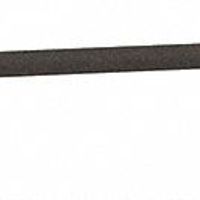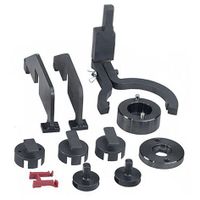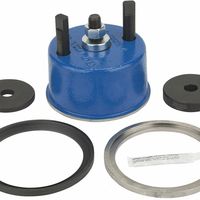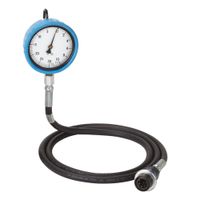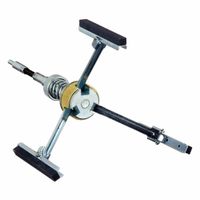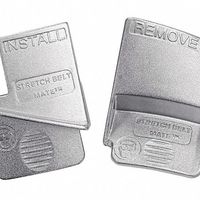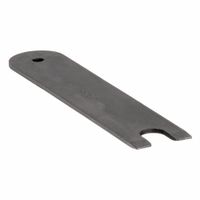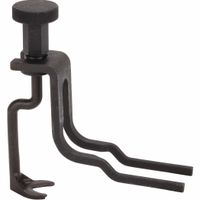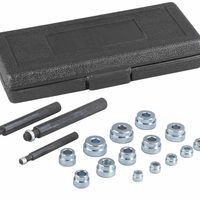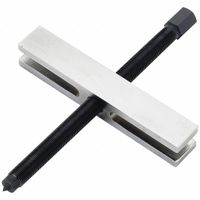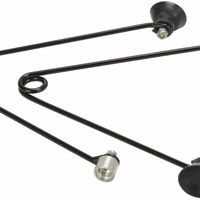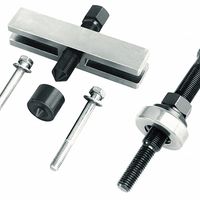Diesel tools are essential for performing fuel service work on diesel engines, ensuring efficiency, reliability, and longevity. These specialized tools assist in various tasks, including diagnostics, maintenance, and repair, tailored specifically for the unique requirements of diesel engines.
1. **Diagnostics**: Diesel diagnostic tools, such as scan tools and code readers, help identify issues by reading error codes from the engine control unit (ECU). These tools provide real-time data on engine performance, fuel pressure, and injector status, enabling accurate problem identification and efficient troubleshooting.
2. **Fuel Injector Service**: Diesel engines rely on precise fuel injection for optimal performance. Specialized tools like injector pullers, testers, and cleaning kits are used to remove, test, and clean fuel injectors. This ensures proper atomization of fuel, improving combustion efficiency and reducing emissions.
3. **Fuel System Pressure Testing**: Tools like fuel pressure gauges and testers are used to measure the pressure within the fuel system. Maintaining correct pressure is crucial for engine performance and fuel economy. These tools help detect leaks, blockages, or failing components within the fuel system.
4. **Glow Plug Service**: Diesel engines use glow plugs for cold starting. Tools such as glow plug testers and removal kits assist in diagnosing and replacing faulty glow plugs, ensuring reliable engine starts in cold conditions.
5. **Fuel Filter Replacement**: Diesel tools like filter wrenches and priming pumps facilitate the replacement of fuel filters. Regular filter changes prevent contaminants from entering the fuel system, protecting injectors and pumps from damage.
6. **Compression Testing**: Diesel compression testers measure cylinder compression, providing insights into engine health. Proper compression is vital for efficient combustion and power output.
By using these specialized diesel tools, technicians can perform precise and effective fuel service work, enhancing engine performance, reducing downtime, and extending the lifespan of diesel engines.
